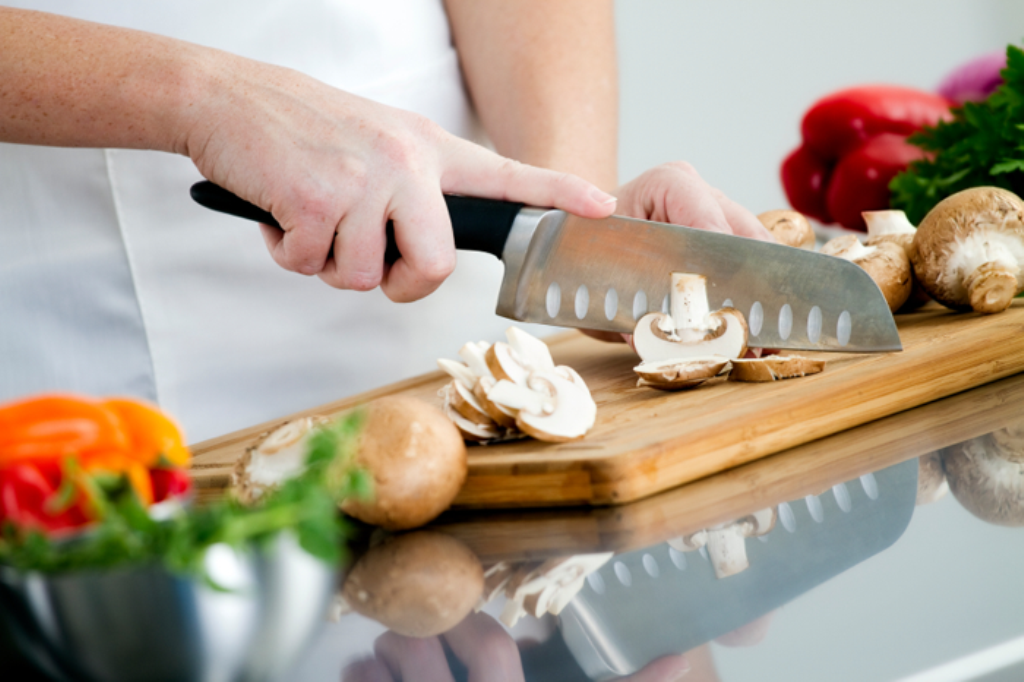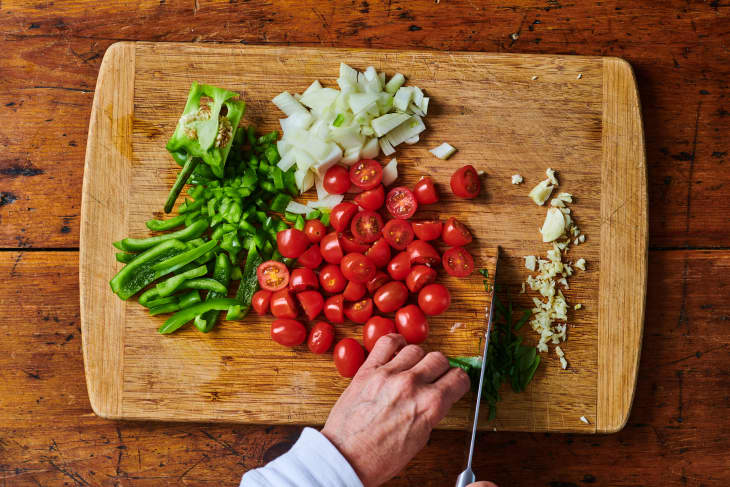Sealing a pine cutting board is a pivotal skill for any kitchen professional who desires to maintain the longevity and functionality of their kitchenware. With the right techniques, you can protect your cutting board from moisture, staining, and wear, ensuring it remains a reliable tool in your culinary arsenal. In this guide, we'll delve into **how to seal a pine cutting board** effectively and explore all the aspects that surround this essential process.
When you're working in a professional kitchen, every detail matters. The choice of materials, tools, and maintenance practices all contribute to the quality of food preparation. The surface you work on plays a significant role in maintaining the integrity of your ingredients. Pine cutting boards, while beautiful and durable, require proper sealing to ensure their usefulness over time.

Why Seal a Pine Cutting Board?
Sealing your cutting board is crucial for several reasons:
- Prevents Moisture Damage: Pine is a softer wood that can absorb liquid quickly. Sealing helps to create a barrier against moisture, which can lead to warping or splitting.
- Reduces Staining: The natural sugars in pine can cause stains when exposed to various foods. A sealant protects the wood from these potential blemishes.
- Extends Longevity: Regular sealing can extend the lifespan of your cutting board, allowing you to use it for years without the need for replacement.
How to Prepare Your Pine Cutting Board for Sealing
Before applying any sealant, it's essential to prepare your board. Heres a step-by-step guide:
1. Clean the Board
Make sure to thoroughly clean the surface of the cutting board.Cleaning your board reduces bacteria and prepares it for sealing.
2. Sand the Surface
Using a fine-grit sandpaper, gently sand the surface of the board. This will remove any rough spots and help the sealant adhere better.
3. Rinse and Dry
After sanding, rinse the board to remove any dust and allow it to dry completely.
Choosing the Right Sealant
When it comes to sealing a pine cutting board, not all sealants are created equal. Here are some popular options:
- Mineral Oil: This food-safe oil is great for cutting boards. It penetrates the wood, providing moisture protection without creating a film.
- Beeswax: Often mixed with mineral oil, beeswax adds extra moisture protection and creates a more durable seal.
- Food-Safe Finishes: There are various products specially designed for finishing cutting boards that provide excellent protection.
How to Seal a Pine Cutting Board: Step-by-Step Process
Step 1: Apply the Sealant
Using a clean cloth, apply your chosen sealant generously over the surface of the board. Make sure to cover all areas evenly.
Step 2: Allow to Soak
Let the sealant soak into the wood for at least 15-20 minutes. The key is to let the wood absorb as much as it can.
Step 3: Wipe Off Excess
After soaking, use a clean cloth to wipe off any excess sealant. You want a thin, even layer on your cutting board.
Step 4: Let it Cure
Allow the board to cure for at least 24 hours before using it. This ensures the sealant has bonded with the wood properly.
Maintaining Your Sealed Pine Cutting Board
To keep your cutting board in optimal condition, regular maintenance is essential:
- Reapply Sealant: Depending on usage, every month or two, consider reapplying the sealant for optimal protection.
- Correct Cleaning: Avoid putting wood cutting boards in the dishwasher. Instead, hand-wash with mild soap and warm water.
- Avoid Overexposure to Water: Don't let your board soak in water, as this can warp the wood.
Common Mistakes to Avoid
As you learn how to seal a pine cutting board, be mindful of these common pitfalls:
- Using Non-Food Safe Products: Always opt for sealants intended for food preparation.
- Applying Too Much Sealant: Over-application can lead to a sticky surface, which is counterproductive to the goal.
- Forget to Maintain: Regular care is necessary to keep the sealant effective.

FAQs
1. How often should I seal my cutting board?
It is recommended to seal your cutting board every month or two depending on how often you use it.
2. Can I use mineral oil and beeswax together?
Yes, many professionals prefer combining both for enhanced protection.
3. How do I know when it's time to reseal?
If the surface appears dull or if water is not beading up, its time to reseal.
Sealing your pine cutting board is more than just a task; its a commitment to excellence in your kitchen. Implementing these techniques will not only extend the life of your board but also enhance your culinary experience. For more tips on maintaining kitchen tools, check out this article for strategies on keeping your wood cutting boards cracking-free, or this guide for more on using cutting boards effectively for different meats.
As an Amazon Associate, I earn from qualifying purchases.


























